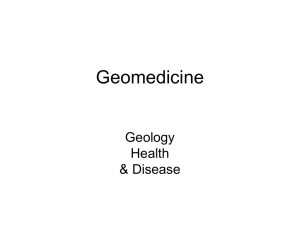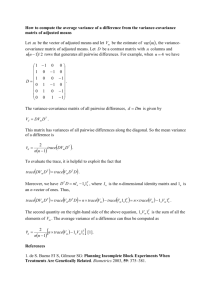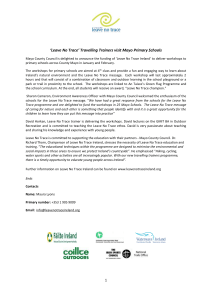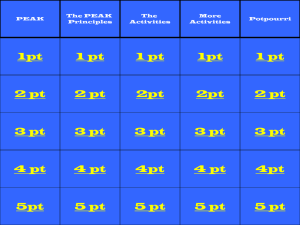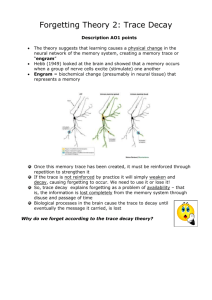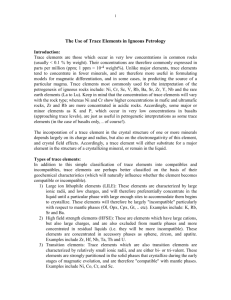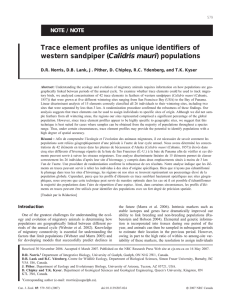Spatial variability of trace element concentrations in New Zealand
advertisement
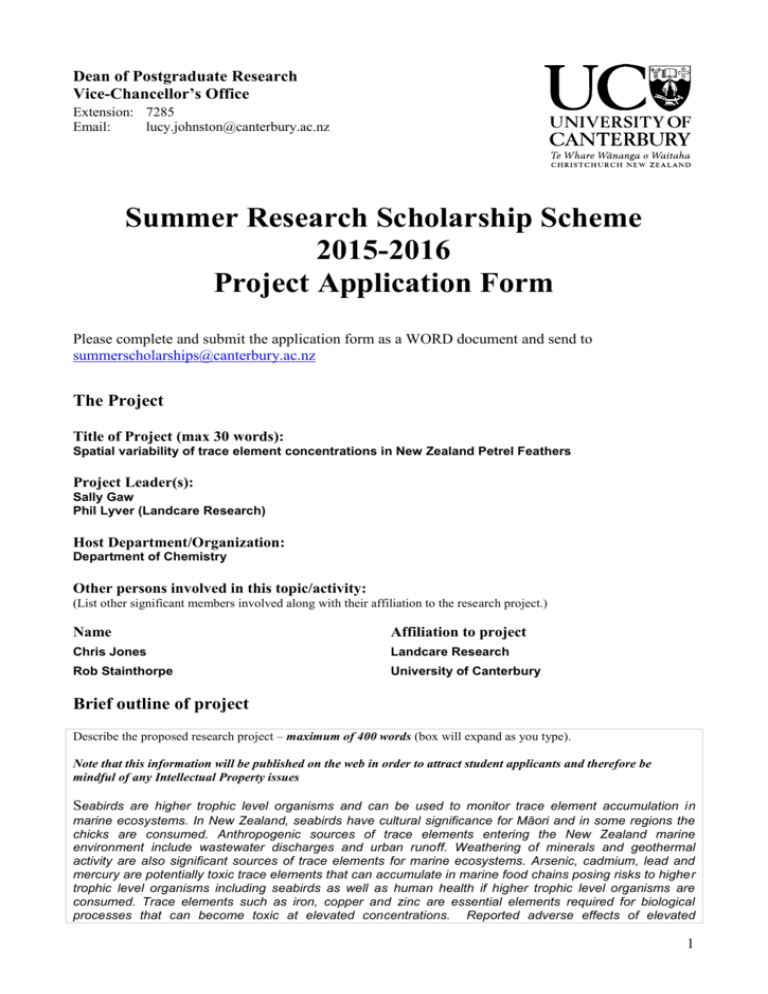
Dean of Postgraduate Research Vice-Chancellor’s Office Extension: 7285 Email: lucy.johnston@canterbury.ac.nz Summer Research Scholarship Scheme 2015-2016 Project Application Form Please complete and submit the application form as a WORD document and send to summerscholarships@canterbury.ac.nz The Project Title of Project (max 30 words): Spatial variability of trace element concentrations in New Zealand Petrel Feathers Project Leader(s): Sally Gaw Phil Lyver (Landcare Research) Host Department/Organization: Department of Chemistry Other persons involved in this topic/activity: (List other significant members involved along with their affiliation to the research project.) Name Affiliation to project Chris Jones Landcare Research Rob Stainthorpe University of Canterbury Brief outline of project Describe the proposed research project – maximum of 400 words (box will expand as you type). Note that this information will be published on the web in order to attract student applicants and therefore be mindful of any Intellectual Property issues Seabirds are higher trophic level organisms and can be used to monitor trace element accumulation in marine ecosystems. In New Zealand, seabirds have cultural significance for Māori and in some regions the chicks are consumed. Anthropogenic sources of trace elements entering the New Zealand marine environment include wastewater discharges and urban runoff. Weathering of minerals and geothermal activity are also significant sources of trace elements for marine ecosystems. Arsenic, cadmium, lead and mercury are potentially toxic trace elements that can accumulate in marine food chains posing risks to higher trophic level organisms including seabirds as well as human health if higher trophic level organisms are consumed. Trace elements such as iron, copper and zinc are essential elements required for biological processes that can become toxic at elevated concentrations. Reported adverse effects of elevated 1 concentrations of trace elements on birds include altered reproductive success, changes to immune function and impaired biochemical processes. Feathers have been shown to be a suitable non-invasive sampling method for determining trace element concentrations in seabirds. Feathers can be collected from live birds without causing harm and provide a proxy measure of the body burden of trace elements at the time of feather formation. Grey faced petrel (Pterodroma gouldi), feathers have been collected from six regions of New Zealand as part of a long-term population study. These archived feathers will be used to determine the spatial variability of trace elements in New Zealand North Island colonies of grey faced petrels. The samples will be analysed by Inductively Coupled Mass Spectrometry for a suite of trace elements including arsenic, cadmium, copper, iron, lead, mercury, nickel and zinc. This study will be the first to provide a spatial assessment of essential and potentially toxic trace element concentrations in North Island grey faced petrels. If the project involves work away from the University campus (e.g., at fieldwork sites) please detail all locations. Some of the statistical analyses may be undertaken at Landcare Research at Lincoln If the student be required to work outside of normal university hours (8am-5pm) please provide details Not applicable Benefits student will gain from involvement in the project Describe the research experience and skills that the student will acquire through involvement in this research project – maximum of 100 words. This project will introduce the student to environmental chemistry research and in particular analysis of trace elements. Participation in this project will provide a valuable opportunity for the student to develop skills in analytical chemistry that will enhance their post-graduate research. The student will gain experience in study design, method validation, and ICP-MS analysis. The project will provide the student with an understanding of the level of quality assurance and quality control needed to ensure the robustness of analytical results. Specific student requirements Please provide details of all requirements you have for the student to work on this project – for example, if specific courses/experience are necessary. The successful student will need to have sufficient background in analytical and environmental chemistry. 2
